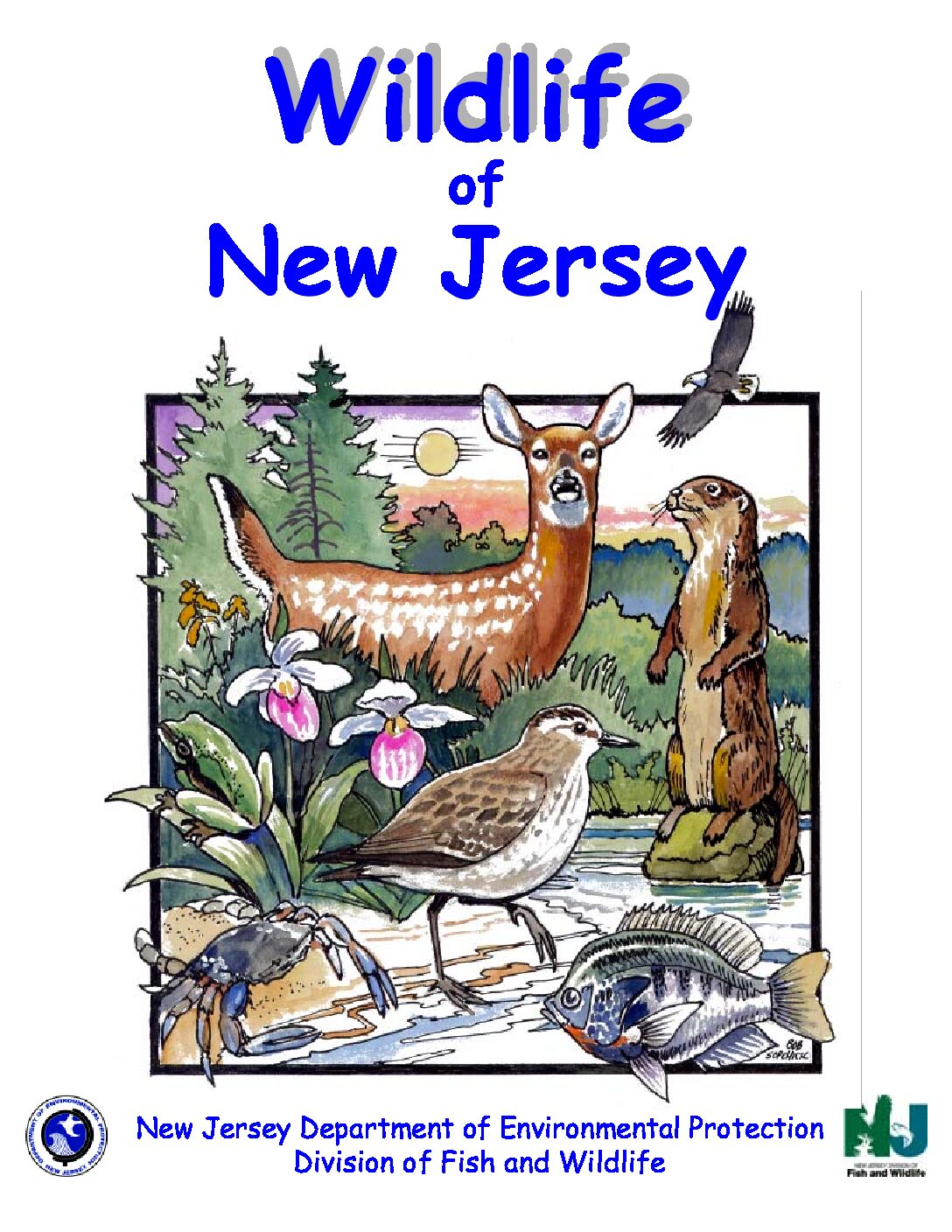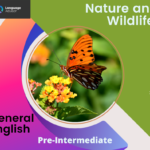Wildlife of New Jersey. A coloring book for children to read about animals and plants in New Jersey
Wildlife of New Jersey
The NJ Division of Fish and Wildlife is pleased to make this coloring book available to the children of New Jersey.
New Jersey is a remarkable state when you think about how much wildlife lives here. There are over 800 species of wildlife living in New Jersey, and they share it with over 8 million people! This coloring book is designed to highlight species by their habitat.
Featured habitats include wetlands, forests, farms, neighborhoods and the shore. The final section highlights some of the conservation projects and management tools used to keep wildlife populations healthy and in balance with our human population. The coloring book is available to teachers as an aide for teaching our children about wildlife and conservation . Each section begins with an introductory habitat page.
An identifying habitat symbol appears with each animal. The species descriptions provide a ìstepping stoneî upon which further discussions can be built.
The NJ Division of Fish and Wildlife provides a number of other educational resources including many that can be used to meet State standards for core course proficiencies. We also have a number of experiential learning opportunities for children like our fishing education and fishing derby events.
Located on the back cover, you will find a list of contacts for many of our educational programs.
Funding for this project is made possible through the Wildlife Conservation and Restoration Program (WCRP) in cooperation with the U.S. Fish and Wildlife Service. We would like to thank Carl Graybill and the Pennsylvania Game Commission for so generously sharing their coloring book with adaptations for New Jersey, and for Bob Sopchickís role in creating additional pages for our book.
We encourage you to use this coloring book to teach your children more about the natural world. Knowledge about our fish and wildlife resource will foster appreciation, stewardship and the future conservation of that resource.
All downloads are in PDF Format
DOWNLOAD THE BOOKLET FOR FREE
Click here for more worksheets





